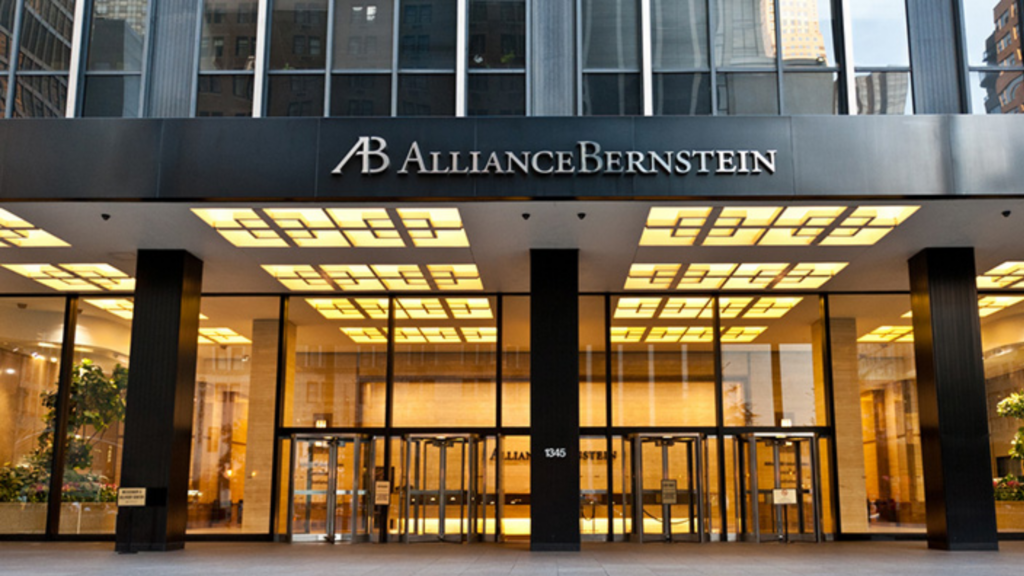Bitcoin miners are increasingly becoming strategic partners for the development of artificial intelligence (AI) data centers, leveraging their robust power supplies and advanced operational capabilities to seize new opportunities.
Recent developments underscore the burgeoning relationship between AI and Bitcoin mining. Core Scientific’s 12-year agreement with AI cloud provider CoreWeave and Coatue Management’s $150 million investment in mining firm Hut 8 highlight this trend. Such deals are pivotal, signaling a promising future for Bitcoin miners in the AI landscape.
Brokerage firm Bernstein recently initiated coverage of Iris Energy and Core Scientific, awarding them outperform ratings with price targets of $26 and $17, respectively. As of early trading, Iris Energy’s stock stood at $13.40, while Core Scientific was valued at $9.79.
Bitcoin miners command significant power supplies, currently controlling about 6 gigawatts (GW) of power with projections to increase to 12 GW by 2027. This substantial power capacity positions miners advantageously in the “large load power interconnect queue,” enabling potential partners to expedite their energy procurement processes.
Bernstein’s analysts emphasize that Bitcoin mining data centers, equipped with high power density racks and robust cooling systems, are well-suited for retrofitting into AI data centers. By 2027, they predict around 20% of Bitcoin miners’ power capacity will transition to AI applications.

The five largest Bitcoin miners in the U.S. are expected to consolidate further, potentially commanding 25% of the global Bitcoin hashrate. This consolidation enhances their ability to explore and capitalize on AI opportunities in the medium term.
As ardent supporters of Bitcoin, Bernstein projects a bullish future for the cryptocurrency. They forecast Bitcoin’s price reaching $200,000 by 2025, $500,000 by 2029, and surpassing $1 million by 2033.
Despite the promising outlook, Bitcoin miners face significant challenges, particularly during periods of market downturn. The industry is currently experiencing a phase known as “capitulation,” where miners, grappling with reduced profits, may cut back operations or sell their Bitcoin reserves to maintain financial stability.
A key indicator of capitulation is the hashrate, which measures the total computational power securing the Bitcoin network. Recently, the hashrate fell by 7.7%, reaching a four-month low of 576 EH/s, reminiscent of the decline seen after the FTX collapse in December 2022. This drop suggests a potential market bottom.
During this period, miners have also faced significant financial strain. The miner profit/loss sustainability indicator shows that miners have been significantly underpaid, with daily revenues dropping by 63% since the last Bitcoin halving. Total daily revenues have plummeted from $79 million on March 6 to $29 million currently. Additionally, revenue from transaction fees now accounts for only 3.2% of total daily revenues, marking the lowest share since April 8.
Bitcoin miners are at a crucial juncture, balancing between the immense potential of AI data center partnerships and the financial pressures of a volatile market. The synergy between AI and Bitcoin mining could drive future growth, but miners must navigate the challenges of capitulation to fully realize these opportunities.
















